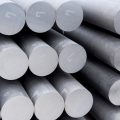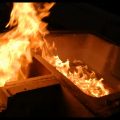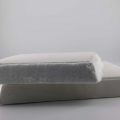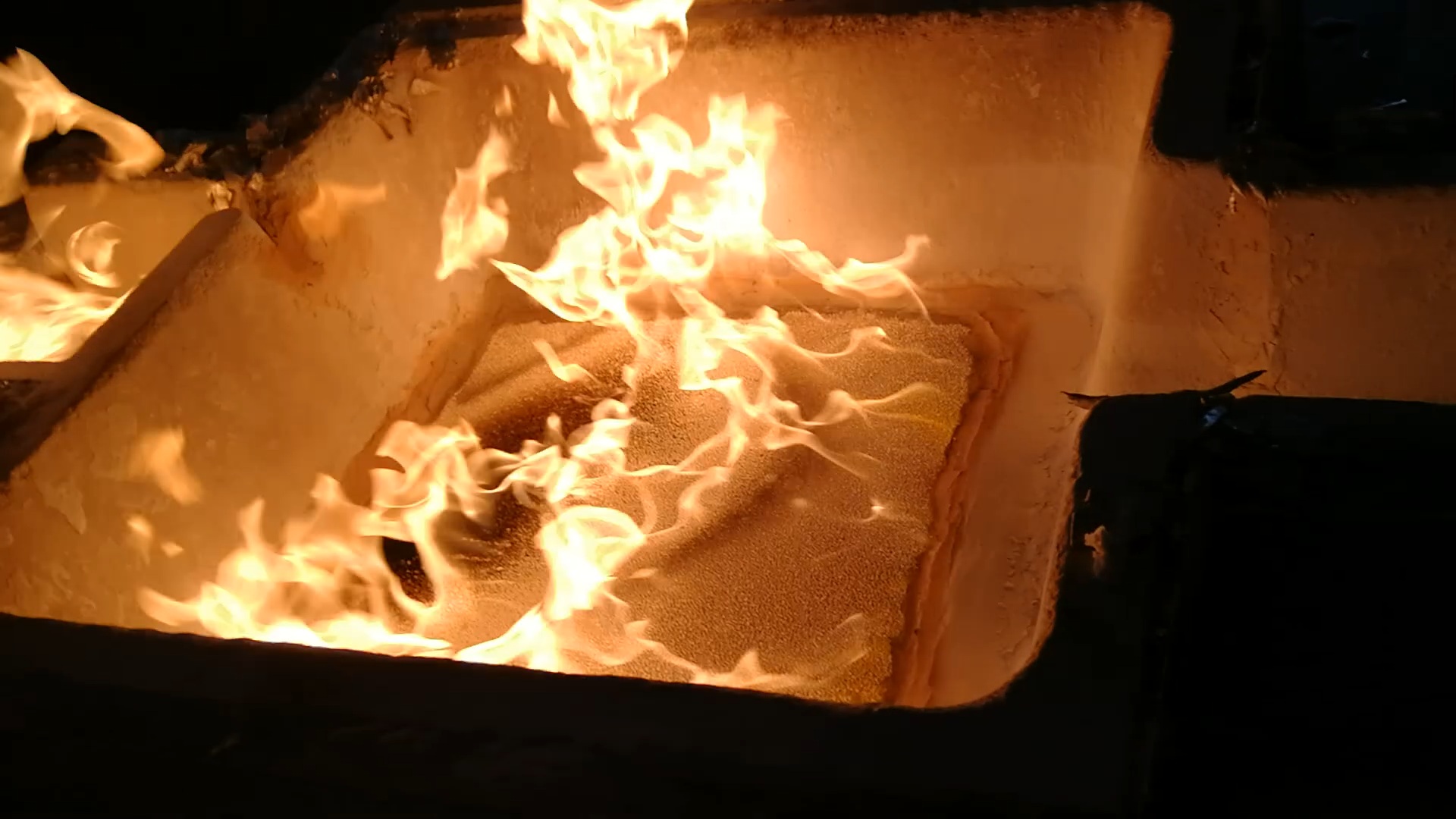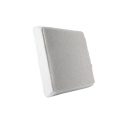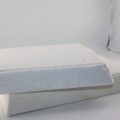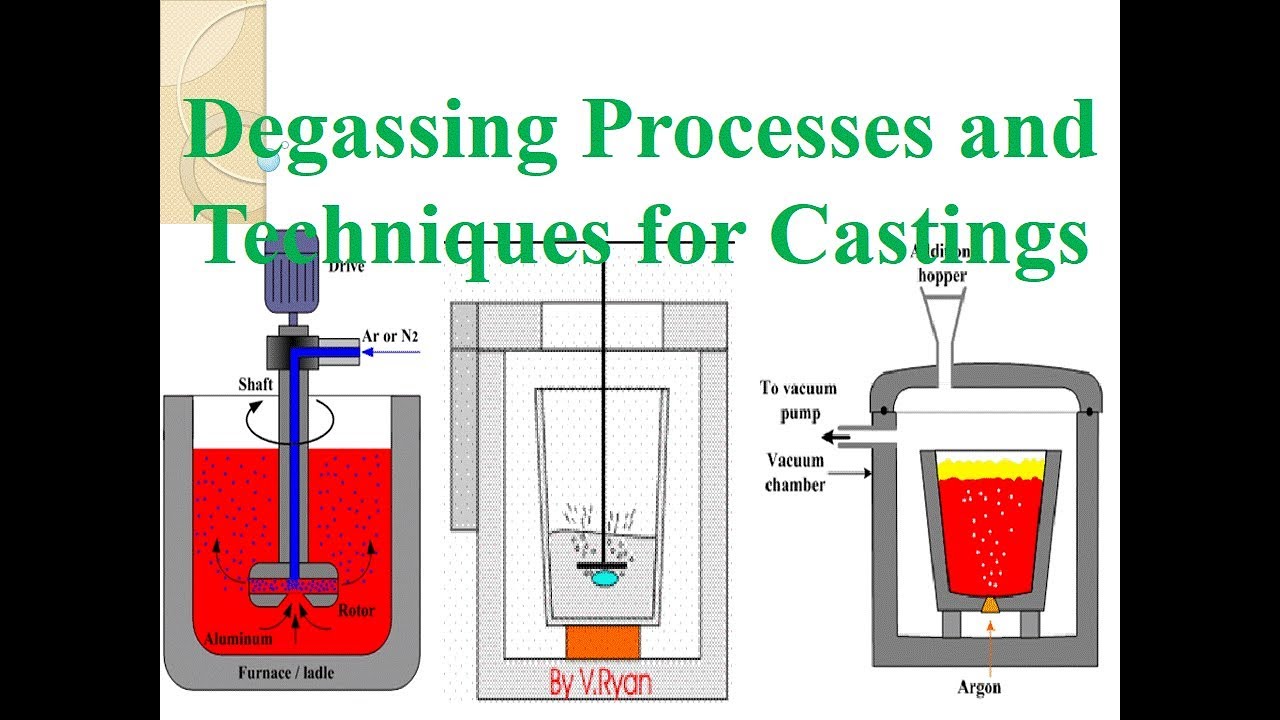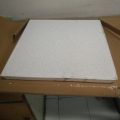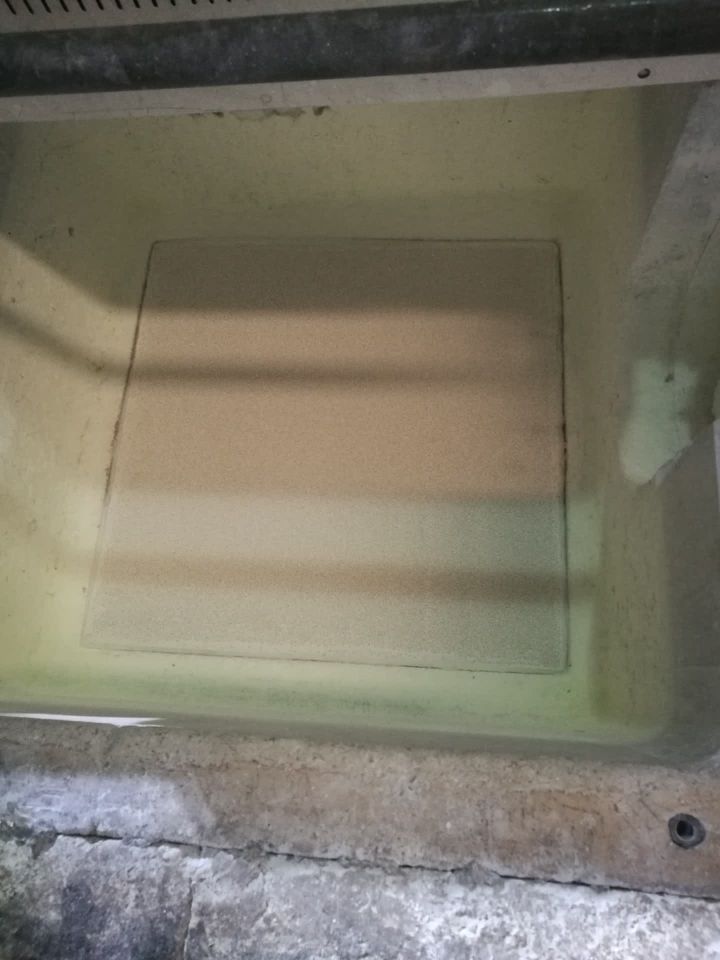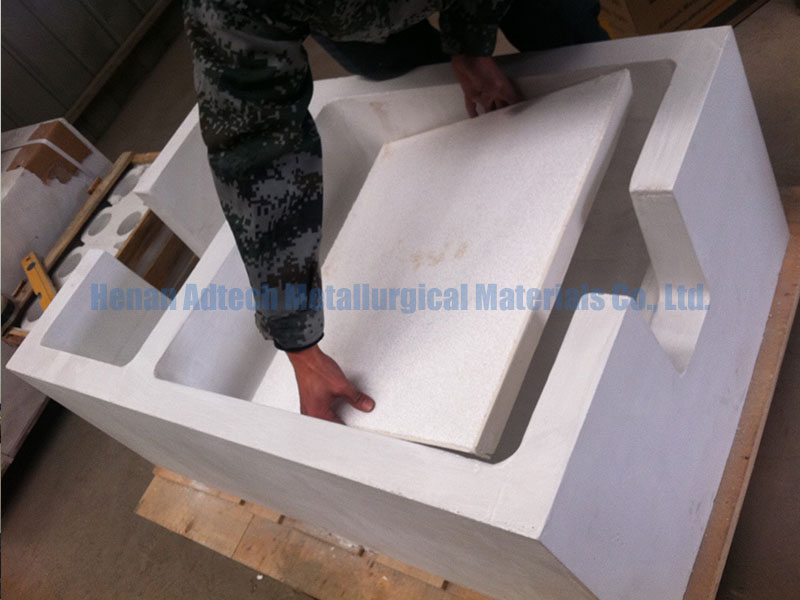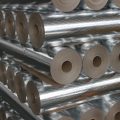Aluminum die-cast metal characteristics
High working temperature
Excellent corrosion resistance
Lightweight
Excellent strength and hardness
Good stiffness and strength to weight ratio
Excellent EMI and RFI shielding performance
Excellent thermal conductivity
High conductivity
Good finishing characteristics
Fully recyclable
The strength, corrosion resistance and heat dissipation properties of aluminum provide clear advantages for mechanical designers. Our proprietary thin-walled aluminum technology makes aluminum die castings the choice for more applications.
Interested in learning more about the die casting process? Check out our other die casting resources here.
Advantages of Aluminum die-cast metal
One of the most significant advantages of aluminum die-casting parts is that compared with other die-casting alloys, it makes lighter parts and has more surface treatment options. Aluminum can also withstand the highest operating temperature of all die-cast alloys. In addition, cast aluminum is versatile and corrosion resistant. The thin wall can maintain high dimensional stability and can be used in almost any industry.
Aluminum die-cast metal applications
Aluminum castings improve the fuel efficiency of automobiles by meeting lightweight requirements
Aluminum is widely used in network and infrastructure equipment in the telecommunications and computing industries because of the need for heat dissipation in RF filter boxes and enclosures
In handheld devices, aluminum castings provide EMI/RFI shielding, rigidity and durability with minimal weight
Because aluminum has excellent electrical properties and shielding properties, even in high temperature environments, die-cast aluminum is an ideal choice for electronic connectors and housings
Recycled aluminum die casting
Did you know that more than 95% of aluminum castings manufactured in North America are made from post-consumer recycled aluminum? Aluminium casting must use a ceramic foam filter.
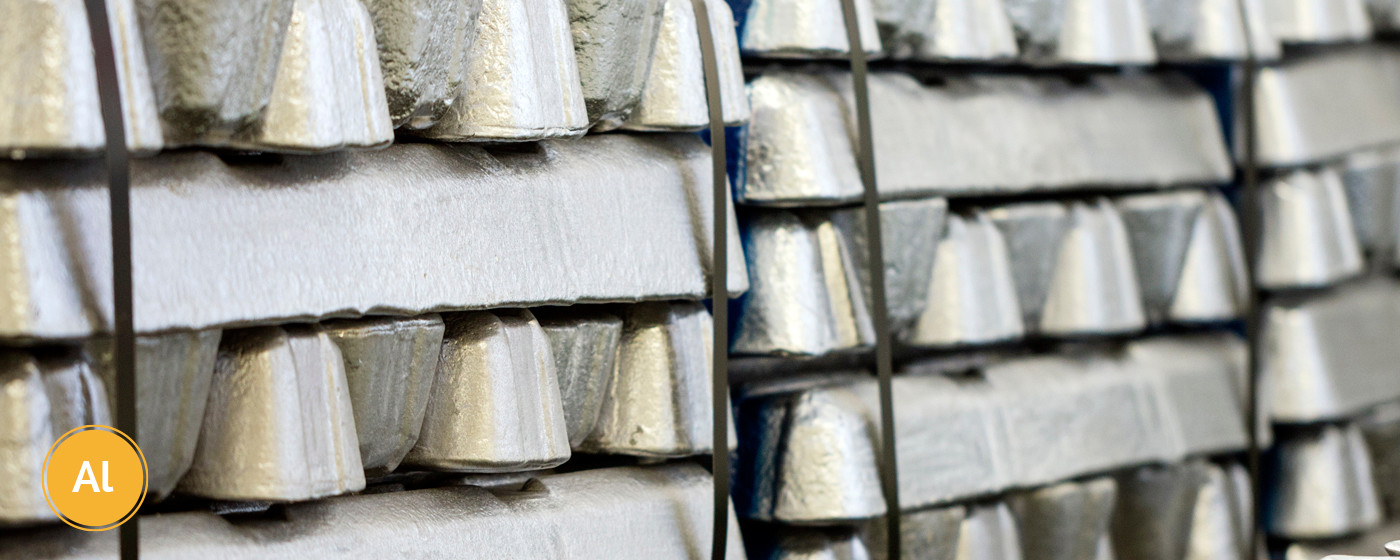
When it comes to die casting, the functional difference between primary aluminum (extracted aluminum or pure aluminum) and secondary aluminum (recycled aluminum) is very small. Secondary aluminum alloys are obtained by mixing and melting pure aluminum with other materials such as magnesium, iron, and copper. Due to the high extraction cost, the use of pure aluminum in casting is very small. The ease of use, light weight and durability of die casting make aluminum alloy the first choice for designers in almost any industry.
The production of secondary aluminum is more economical than primary aluminum because it only requires 5% of the energy to be produced. Most of the energy consumption in aluminum die casting is used to heat and remelt the metal during the manufacturing process. Therefore, Dynacast can save more time, energy and money by remelting internally.

